Concise Dictionary of Popular Culture
Concise Dictionary of Popular Culture
Marcel Danesi
ROWMAN & LITTLEFIELD
Lanham Boulder New York London
Published by Rowman & Littlefield
A wholly owned subsidiary of The Rowman & Littlefield Publishing Group, Inc.
4501 Forbes Boulevard, Suite 200, Lanham, Maryland 20706
www.rowman.com
Unit A, Whitacre Mews, 26-34 Stannary Street, London SE11 4AB, United Kingdom
Copyright 2017 by Rowman & Littlefield
All rights reserved . No part of this book may be reproduced in any form or by any electronic or mechanical means, including information storage and retrieval systems, without written permission from the publisher, except by a reviewer who may quote passages in a review.
British Library Cataloguing in Publication Information Available
Library of Congress Cataloging-in-Publication Data Available
ISBN 978-1-4422-5311-7 (cloth : alk. paper)
ISBN 978-1-4422-5312-4 (electronic)
 The paper used in this publication meets the minimum requirements of American National Standard for Information SciencesPermanence of Paper for Printed Library Materials, ANSI/NISO Z39.48-1992.
The paper used in this publication meets the minimum requirements of American National Standard for Information SciencesPermanence of Paper for Printed Library Materials, ANSI/NISO Z39.48-1992.
Printed in the United States of America
Introduction
Pop culture, short for popular culture, is all around us and within us, even if we are not consciously aware of it. Songs on the radio, programs on television, best-selling novels in mega-bookstores, blockbuster movies, Internet memes, YouTube, streaming programs, and on and on are part of daily life. The origins and spread of this cultural phenomenon is generally traced to the Roaring Twenties, when affluence, new technologies (radio, cinema, recordings), and a freer public spirit in America converged to produce an entertainment and artistic environment open to everyone, not just the elite or the cognoscenti.
Ever since, the effects of pop culture on modern lifestyles, politics, economics, art, music, writing, and worldviews have been deep and widespread; for this reason, it has been studied from many academic and intellectual anglespsychological, sociological, anthropological, semiotic, and others. Myriad articles and books have been written on its connection to social, ideological, and general cultural trends. A separate field of inquiry, called pop culture studies, came into being and is today established as an important interdisciplinary and multidisciplinary endeavor. Separate university courses (and even departments) focused on pop culture are found throughout the academic landscape. The field has become so widespread, in fact, that it has generated its own technical vocabulary, theoretical apparatus, and set of facts on file.
Strangely, a compact general dictionary of pop culturethat is, a reference work for a general readershipis hard to find. There are encyclopedias with entries written with a specialized audience in mind. There are also separate dictionaries of different domains or themes (fads, celebrities, theoretical constructs, and the like). And, of course, the Internet provides many sites, with a pastiche of terms and notions that are scattered everywhere. To the best of my knowledge, there is no general reference work that is designed to provide a compact yet broad, rather than specialized, coverage. The purpose of the present dictionary is to do exactly that. It is intended for all kinds of readers, from students taking courses in pop culture or some cognate field to scholars and the general public. It is written in a straightforward, nontechnical style, but without excessively diluting the content.
Coverage
The study of pop culture has produced a vast repertory of notions, ideas, techniques, theories, and methods of analysis. Many of these are borrowed and adapted from preexisting disciplines, but others are self-generated and are thus new, interesting, and often controversial. Newcomers to the study of popular culture may thus experience unease or consternation with the vast terrain of terms that have emerged over the last few decades. This dictionary is an attempt to provide a map through this terrain.
The task of composing this dictionary has been a very arduous one. What should its entries be? The key question guiding, for example, the choice of fad entries was the following one: What fads require entry status separate from an entry on fads itself? The same question was asked for celebrities, theorists, schools of analysis, trends, and so on. The decisions of what to include were, obviously, very hard to make.
I used three criteria. An entry was selected if: (1) it reflected something or someone who stands out in the study of pop culture; (2) it had a relation to or impact on some aspect of pop culture (from Freudian theory to Internet memes); and (3) it alluded to something or someone who is dispersed throughout the relevant literature. For example, Elvis Presley is assigned a separate entry, while other rock stars of the period, such as Jerry Lee Lewis and Little Richard are not. Presley fits the three criteria: he stands out as a pop music icon; he definitely had an impact on the development of rock and roll music in the 1950s; and he is referenced broadly in studies and books on pop music and pop culture.
Of course, one may ask: How scholarly or thematic is a dictionary that has an entry on hula hoop alongside one on cathexis ? The answer is, perhaps, that such a mixture of levels is in the nature of pop culture study itselfit is a pastiche culture and is best approached in a similar fashion.
The endeavor to keep the proportions of this dictionary within the limits of a compact practical reference work may have resulted in some omissions and gaps. Nevertheless, I have tried to cast as wide a net as possible so as to gather within two covers the bulk of the ideas and technical terms that the student or interested general reader might want to know in order to decipher the relevant literature. The reader should also keep in mind that this is a dictionary, not an encyclopedia. It is designed to be concise, as far as possible, rather than detailed and exhaustive. Most of the examples come from American pop culture. The reason is that it is this culture that has traditionally been dominant across various domains, from movies to pop music. This situation is changing in todays global village, and the most salient changes are reflected in the dictionary, but the main target remains American pop culture.
Components
There are four types of entries. The first is primarily a reference toolsimply informing the reader to consult another entry in the dictionary because it is a synonym or equivalent for it. For example, the entry on otherness simply refers the reader to alterity , since the two terms are used synonymously in the literature. The second is the smallest in terms of coverage, giving basic information. For example, the entry on Billboard just gives information on what it is. The magazines relevance to pop culture study is distributed in other entries where it is pertinent. The third type contains a bit more information, including examples or illustrations. The entry on soul music , for instance, describes what it is and gives examples of performers who are known in the style. Finally, an entry such as pop art requires not only informational content and illustration, but also elaboration and discussion of an analytical nature, given its importance to all aspects of pop culture, both historically and aesthetically.
For the sake of completeness and comprehensiveness, this dictionary contains cross-references and appendixes. Within individual entries, a term, phrase, character, or person for which a dedicated and substantive entry exists appears in bold at its first mention. Cross-references to other terms are also indicated at the end of the entry and are used to provide ancillary information or else to complete the topic in terms of coverage.
Next page
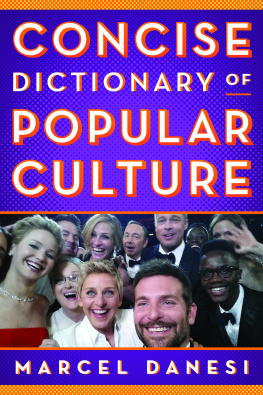
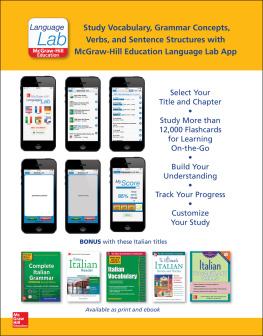



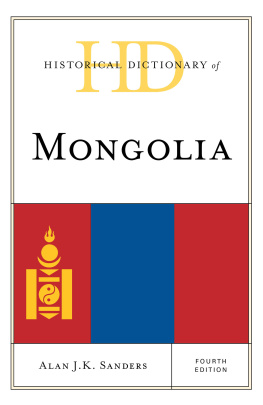


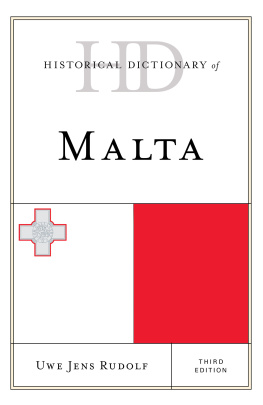
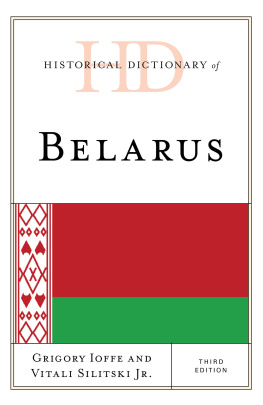
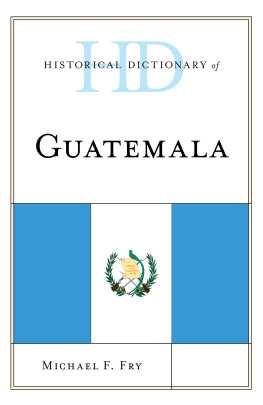
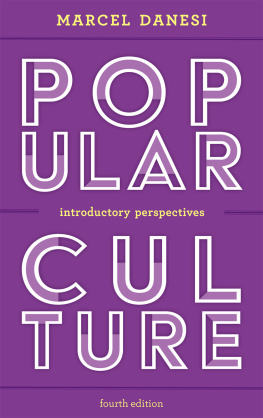
 The paper used in this publication meets the minimum requirements of American National Standard for Information SciencesPermanence of Paper for Printed Library Materials, ANSI/NISO Z39.48-1992.
The paper used in this publication meets the minimum requirements of American National Standard for Information SciencesPermanence of Paper for Printed Library Materials, ANSI/NISO Z39.48-1992.